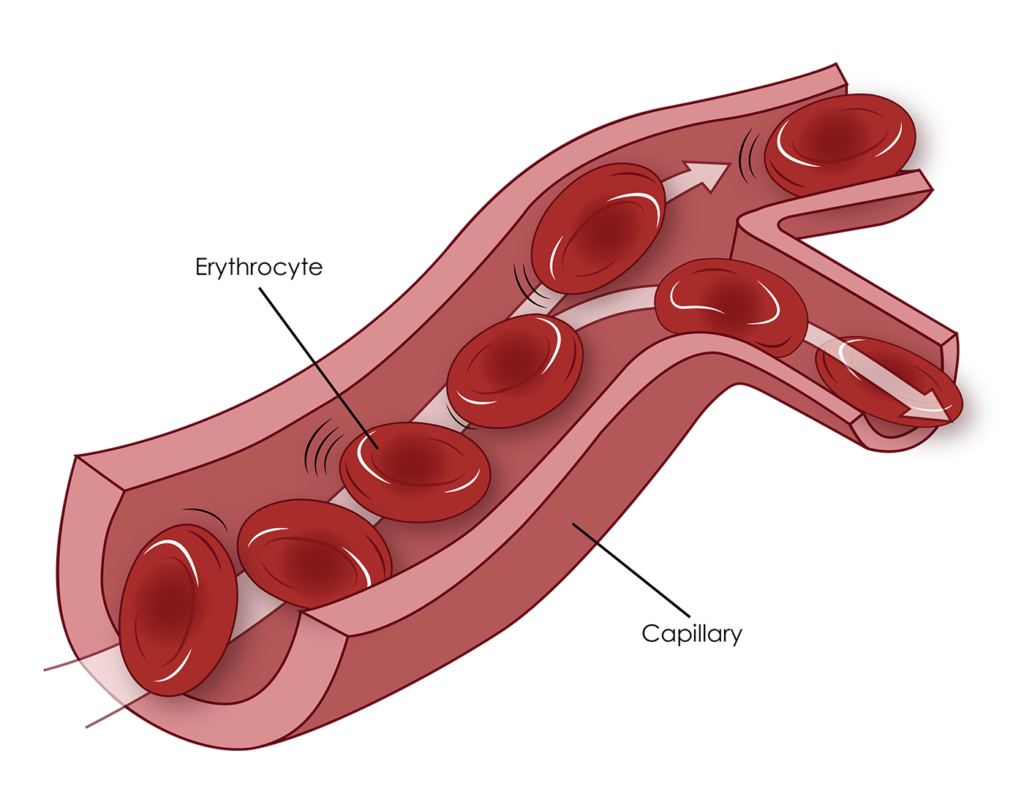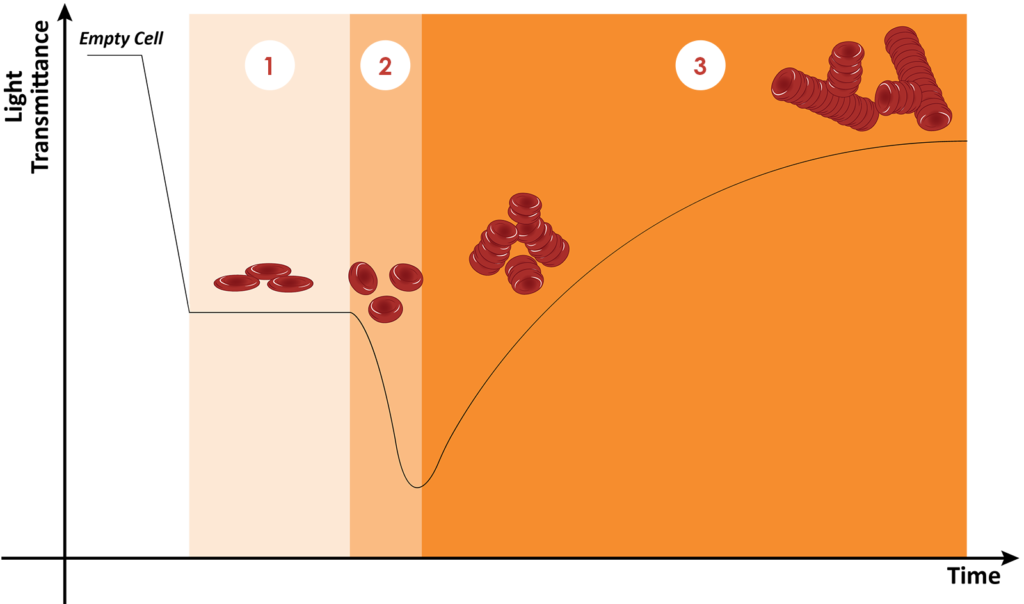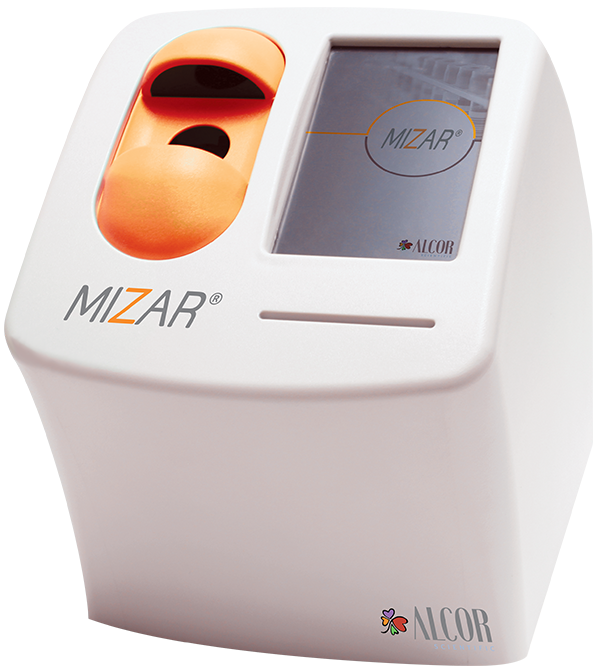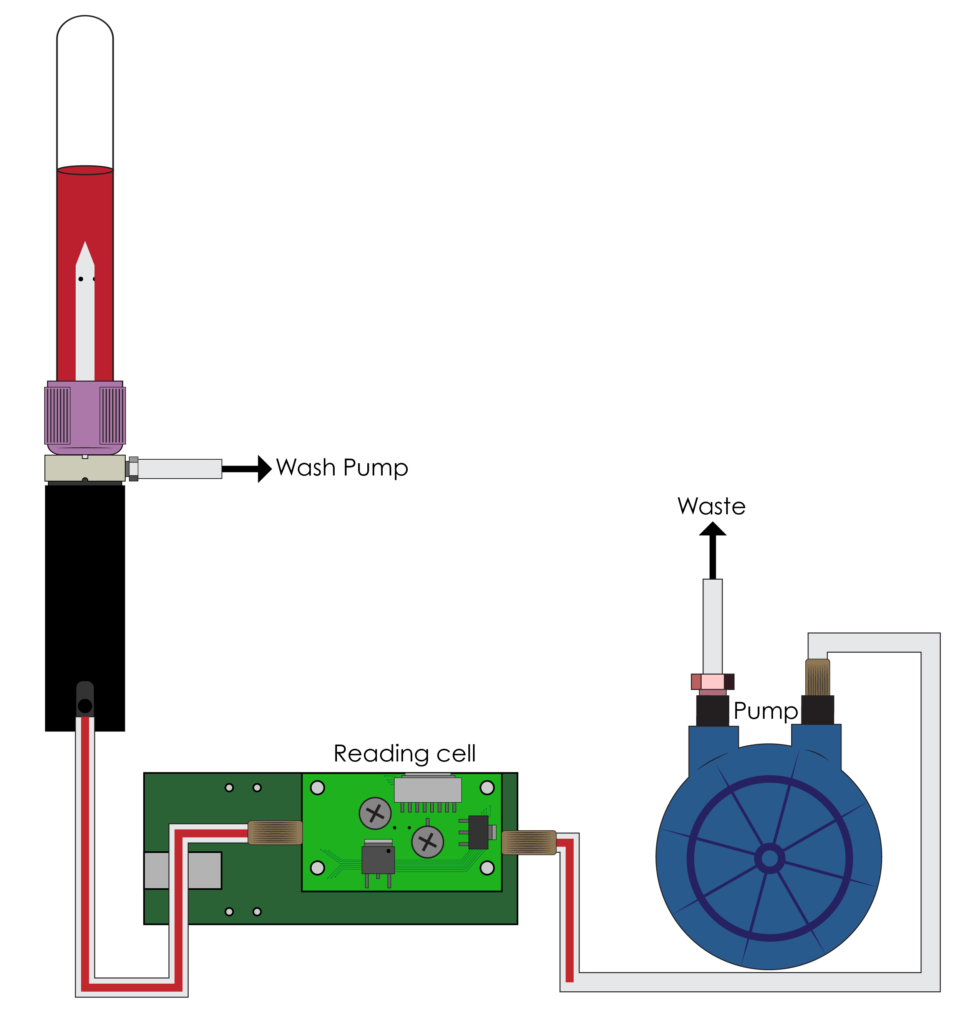Why is the Study of
Hemorheology Important?
Red blood cells (RBCs) have unique mechanical properties that play a key role in hemodynamics and circulatory function. In order to deliver oxygen to every cell in the body, RBCs must travel through a complicated vascular network of varying vessel diameters at a circulating flow rate sufficient to meet the metabolic demands of organs and tissues. Erythrocytes must be able to rapidly deform while also maintaining membrane stability when exposed to varying shear stresses.

- Hamlin SK, Benedick PS. Basic concepts of hemorheology in microvascular hemodynamics. Critical Care Nursing Clinics of North America. 2014;26(3):337-344. doi:10.1016/j.ccell.2014.04.005.
- Baskurt OK, Meiselman HJ. Erythrocyte aggregation: basic aspects and clinical importance. Clinical Hemorheology and Microcirculation. 2013;53(1-2)23-37. doi:10.3233/ch-2012-1573
- Ebrahimi S, Bagchi P. A computational study of red blood cell deformability effect on hemodynamic alteration in capillary vessel networks. Scientific Reports. 2022;12:4304. doi:10.1038/s41598-022-08357-z.

The rheologic properties of blood – aggregability, deformability and elasticity – significantly impact vascular flow resistance, particularly in the microcirculation.1 There are a number of conditions associated with poor RBC deformability, such as poor circulatory health, diabetes, cardiovascular disease, sepsis, sickle cell disease, and various other blood disorders.2,3
It is clear the rheological properties of blood are of scientific value, and that the study of hemorheology can help us better understand the behavior of microvascular blood flow in a number of hematological disorders and disease states.1,2
What is Syllectometry?

Syllectometry is a method of assessing hemorheological parameters. It is the analysis of light variation induced by the physical properties of a whole blood sample (or other RBC suspension).
In syllectometry, a blood sample is pumped into a flow channel at a shear rate high enough to disaggregate the RBCs. The sample is exposed to light while the shear stress is removed, and light transmission through the sample is monitored over time as the cells react to the removal of the shear stress and interact with each other. Monitoring the light transmission results in a time-dependent light intensity plot called a syllectogram.
The syllectogram can be mathematically analyzed to derive useful indexes, and these measurements can be used to assess rheological properties of the blood sample including RBC deformability, elasticity, and aggregability.
In Normal Human Samples, the Syllectogram has a Characteristic Shape:

Potential Fields of Research
Hemorheology properties of RBCs are known to play a role in several disease states as well as blood storage.3
Microcirculatory Disorders
Hematological Disorders
Cardiovascular
Disease
Sepsis &
Inflammation
Malaria & Infectious Disease
Blood Storage

Hemorheology in Veterinary Medicine

A Potentially New Way to Assess Inflammation in Animals
The MIZAR® Platform


MIZAR Basic Mechanics
MIZAR is a compact instrument capable of analyzing a sample in seconds or minutes depending on the data acquisition settings. The basic system includes a hydraulic pump used to flow a sample inside a cell where the behavior of the RBCs is analyzed. During flow, shear stress develops on the sample stream. A light source and an optical detector are positioned on either side of the flow cell constituting the light transmission configuration.
Settings can be customized by the user to optimize data collection, and a syllectogram with calculated indexes is produced for every sample.
MIZAR Data Acquisition and Analysis
The MIZAR syllectogram data acquisition can be split into 3 acquistion phases, if desired (it is also possible to keep the parameters the same for the full sample run, or split data acquisition into 2 phases instead of 3.
Customizable Settings
Number and frequency of readings
Up to 6000 readings can be taken across all 3 acquisition phases. The number of readings and reading interval can both be set which determines the length of the acquisition phase. Minimizing the interval between readings will increase the resolution of data generated during that phase. Likewise, if a certain phase does not require exquisite resolution, the reading interval can be decreased.
Type of sample flow
Sample can be moved into the flow cell using the following modes:
Single – Sample is moved into the flow cell with a single stroke. In this mode, the user can customize the flow rate.
Oscillating – Sample is moved back and forth inside the flow cell before shear stress is removed (and the recording of the syllectogram starts). In this mode, the user can customize the flow rate and number of oscillations. This allows the user to extend the application of the shear stress on the sample.
Disaggregation plateau – This mode operates similarly to the oscillating mode with the addition of monitoring the light transmission signal during the shear stress application stage (flow). After the light transmission signal reaches stability (variation is less than a specified threshold), shear stress is removed and the syllectogram recording starts. The purpose of setting a threshold for signal stability is to ensure RBCs are fully disaggregated. In this mode, the user can customize flow rate, number of oscillations and coefficient of variation threshold.
Reading wavelength
Readings can be taken at 620 nm, 800 nm, or both. Comparison of the readings taken at both wavelengths may help assess the oxygen content of the sample and its impact on the hemorheological parameters.

